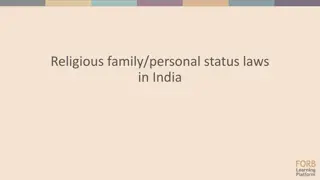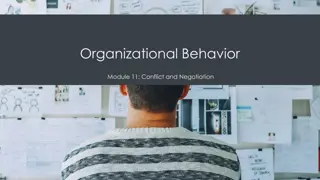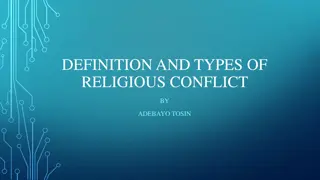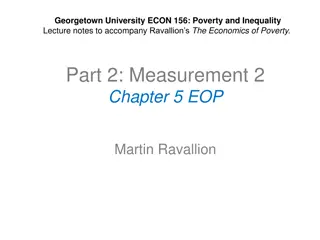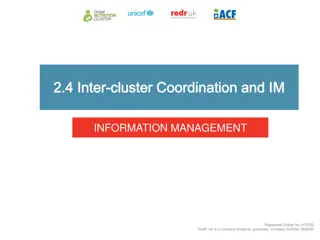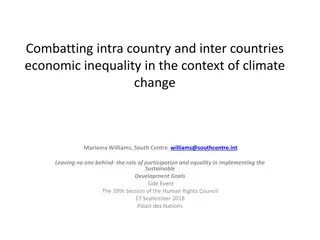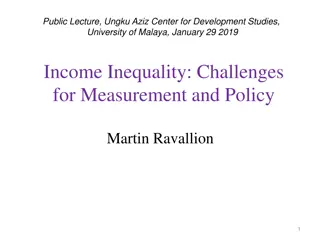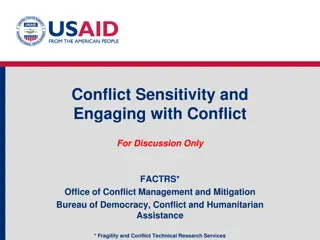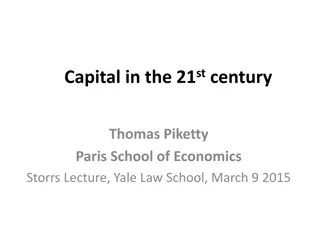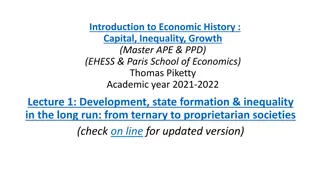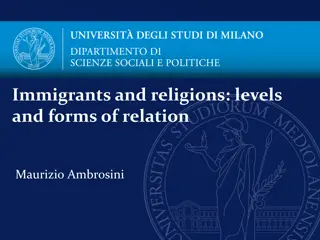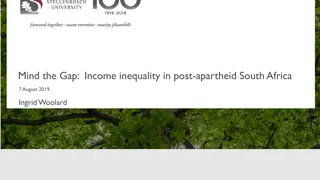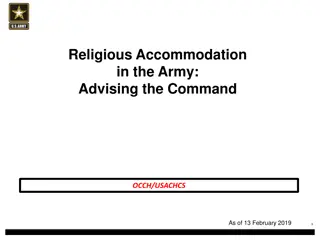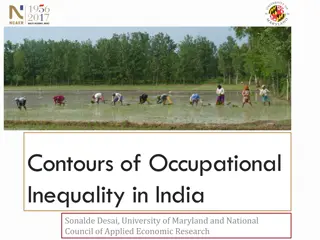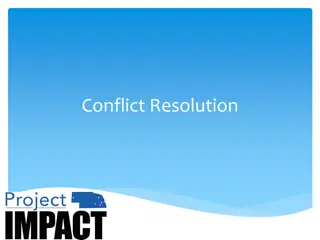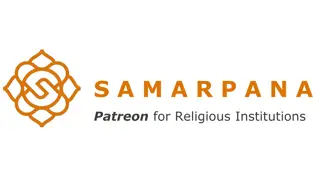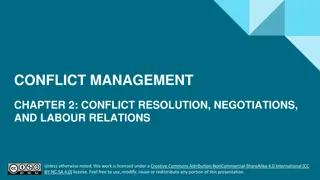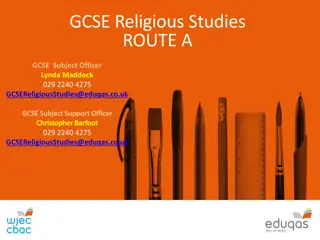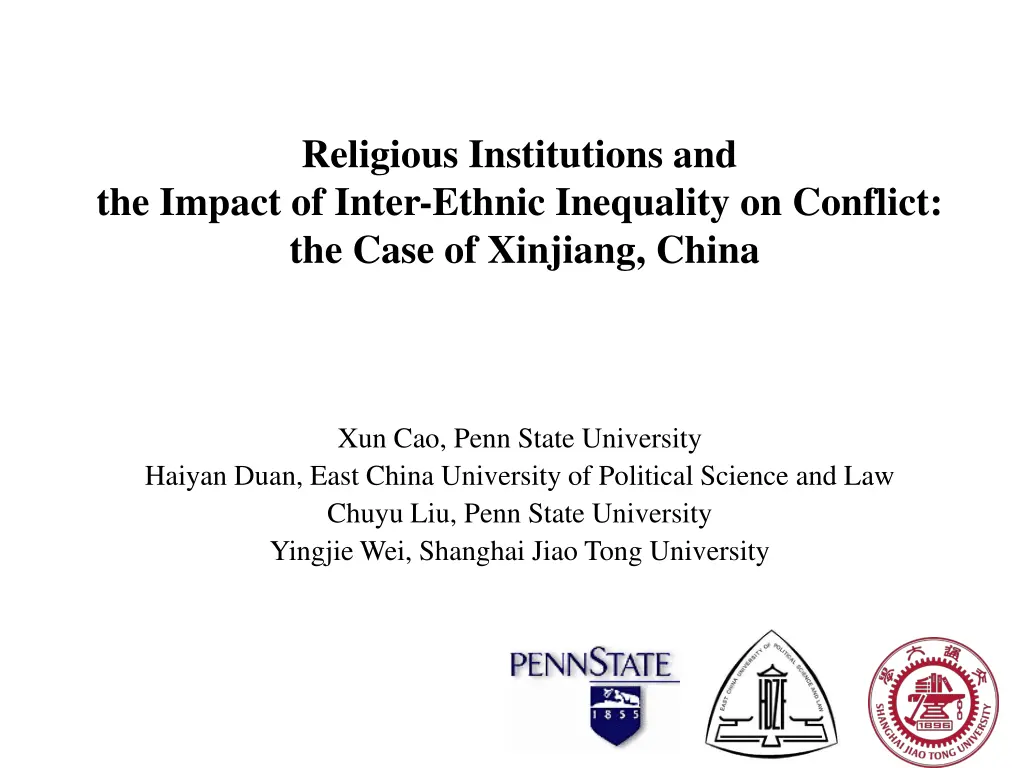
Impact of Inter-Ethnic Inequality on Conflict in Xinjiang, China
Explore the influence of inter-ethnic inequality on conflict in Xinjiang, China, focusing on the role of religious institutions. This study delves into the theoretical and practical implications, shedding light on ethnic violence dynamics in China, particularly in Xinjiang. Discover the complexities of horizontal inequalities and their repercussions on political stability, security, and transnational ties. Uncover the nuances of grievances, greed, and conflict as we navigate through this insightful analysis of socio-political dynamics in Xinjiang.
Download Presentation

Please find below an Image/Link to download the presentation.
The content on the website is provided AS IS for your information and personal use only. It may not be sold, licensed, or shared on other websites without obtaining consent from the author. If you encounter any issues during the download, it is possible that the publisher has removed the file from their server.
You are allowed to download the files provided on this website for personal or commercial use, subject to the condition that they are used lawfully. All files are the property of their respective owners.
The content on the website is provided AS IS for your information and personal use only. It may not be sold, licensed, or shared on other websites without obtaining consent from the author.
E N D
Presentation Transcript
Religious Institutions and the Impact of Inter-Ethnic Inequality on Conflict: the Case of Xinjiang, China Xun Cao, Penn State University Haiyan Duan, East China University of Political Science and Law Chuyu Liu, Penn State University Yingjie Wei, Shanghai Jiao Tong University
Contributions Theoretical: Moving beyond testing the marginal effect of grievances associated with collective actors: often captured by various types of horizontal inequalities such as those in income, education, and public health indicators; Bringing in the conditional effects of social institutions: in our test case of ethnic violence in Xinjiang, we focus on the role of religious institutions. Substantive: One of the first few quantitative studies on ethnic violence in China; Help to better understand and predict political stability in China.
Why Xinjiang? Key factor affecting the internal security and political stability in China The Chinese central government has implemented various policies to address violent unrest in Xinjiang: e.g., counterterrorism tactics such as those featured in the various Strike Hard campaigns; a recent move to send 200,000 civil servants to villages in Xinjiang to better provide local public goods. None of these strategies worked we don t understand what drive such violence. Security implications to the world growing transnational ties between Uyghur militants in Xinjiang and al Qaeda-oriented terrorists in South and Central Asia and the Middle East; U.S. National Security Advisor Susan Rice alleged that Chinese Uyghurs from Xinjiang had travelled to Iraq and Syria to fight in the ranks of the Islamic State (ISIS) terrorist insurgency (Page 2014); Jihadist groups in South Asia and the Middle East, including the Iraq and Syria-based ISIS, have issued statements in support of Xinjiang s independence from China and integration into a global Islamic Caliphate.
Grievances greed debate Grievances Conflict is explained as a result of widely felt grievances among the relatively disadvan- taged in the society; Inequality has often been the focus of this tradition (Galtung, 1964; Gurr, 1993, 2000; Hechter, 1975; Horowitz, 1985) ; Empirical records Vertical inequality: e.g., GINI individual based ... received little empirical support (Fearon and Laitin 2003; Collier and Hoeffler (2004) ); Horizontal inequality: differences in income, education, wealth, ... Between collective actors (e.g., ethnic groups) received strong empirical support ( stby 2008; Fjelde and stby 2014; Cederman et al. 2011; Barron et al. 2009); Current empirical research efforts How to measure horizontal inequalities at the sub-national level? Surveys: e.g., DHS; combining spatial distribution of ethnic groups and GDP data (and night lights data), census data But do we need new theoretical development?
Filling the black box We think new theoretical development is also needed. Here, we share similar views with stby 2013 in the sense that we need to further explore the potential causal mechanisms on how and why inequality breeds conflict. Many studies simply assume that there is such a relationship between grievances and conflicts then jump straight to the empirical analysis, therefore, according to stby 2013, leaving an unexplored black box in the causal chain. We focus on the mediating effects of religious institutions: in the context of Xinjiang, mosques.
Mediating effect of religious institutions I: how they increase the effects of HI 1. Identity marker identifies collective actors, helps to mobilize, and therefore increases the risk of violence (Gurr 1993; Stewart 2000; De Juan, Pierskalla, and V llers 2015). Opportunity structure (Harpviken and R islien 2008; De Juan, Pierskalla, and V llers 2015): aggregating and expressing public opinion. Serving as arenas for socialization for local population and therefore increase social capital and chances of collective actions including violence against the government. Organization of violence Third, religious organizations actually organize or their leaders actually influence opinions of the mass in a way that is leading to violence against the government? 2. 3. The social and political position of those Imams was restored in a comprehensive way. However, the mistake of culture revolution was overcorrected. We even appointed some bad people into our system. We even released some separatists. For instance, one guy who was later proved to be a separatist, was promoted the vice chairman of Islamic Society of Kashgar. --- Interview I.
Mediating effect of religious institutions II: how they dampen the effects of HI 1. Assisting local population/public goods provisions: Before 1949, mosques were like school, since there wasn t any school at that time. And now we have donations from ordinary people. And now we help people. There are several people coming to ask for help every day. For instance, we buy home tickets for them or we pay their medical costs when the condition is very critical. --- Interview II.
Mediating effect of religious institutions II: how they dampen the effects of HI 2. Mosques bridge local population and the government: a) Information conveyed by mosques to the government: local grievances and potential unrest Inside the mosque, the religious affairs and the secular issues are totally divided. Beside Imam, every mosque must have management board, which is in charge of personal matters and financial affairs. Members of this board should be politically right. Sometimes, these people are also village chiefs and secretaries. --- Interview I Sometimes, maybe the management board is allowed to do this [communicate with the government], but not Imam. --- Interview I b) Information conveyed from the government to local population And I believe mosque plays a very positive role for the society. First, mosque is a bridge between ordinary people and the government. We educate people and pass on the requirements and laws and regulations of the government. Second, we are broadcasters. As long as we speak, those words would be spread quickly in the society. For me, I would go to Kashgar and Hotan every week to disseminate policies of the state. --- Interview II
Mediating effect of religious institutions II: how they dampen the effects of HI 3. Religious leaders and mosques represent the local population to collectively bargain with local government. Violence is always costly for both sides (local population and the government). Collective bargaining solves collective action problems within the local population: instead of various local groups with different requests and demands, prominent local religious leaders and institutions can aggregate demands and serve as representatives to negotiate with the government. And this type of collective bargaining also helps the government because it reduces the number of players on the other side of bargaining table.
Spatial Distribution of Ethnic Conflicts in Xinjiang: 1990 -- 2005
Temporary Distribution of Ethnic Conflicts in Xinjiang: 1990 -- 2005
Dependent variable: Measure on Horizontal Inequality Data Source: 1% sample of the 1990 Chinese National Population Census EducationalAttainments: 5-points ordinal variable 10 DifferentApproaches of Capturing Horizontal Inequality : thresholds of education attainments choices of ethnic minority group difference vs. ratio measures
Horizontal Inequality in 1990 (Differences in Terms of the Percentage of Individuals who at least Completed School) the Lower Secondary
Measure on Religious Institutions Data Source: 81 Xinjiang s official county gazettes, which were published between the late 1980s and the early 2000s When the number of mosques in 1997 is available for a county, we will use it. After that, for those counties without the 1997 mosques counts, we take from the available number in closest years once they are available from 1985 to 1997. This variable is further standardized by the 1990 county-level non-Han population.
Coefficients Plot without the Interaction Item: logit using county-year
The Effect of Horizontal Inequality Conditional on Religious Institutions (difference in percentage, high school and above, HI1)
Table A1: Define Horizontal Inequalities (HI) Using Census Education Data Percentage by Category Years of Education Ratios Differences Han vs Uyghur Han vs the largest ethnic minorit y group High School and University Lower Secondary School and Above Criterion Measure HI1 HI2 HI3 HI4 HI5 HI6 HI7 HI8 HI9 HI10
Table A2: The Correlation Matrix of Different Measure of Horizontal Inequality
The Effect of Horizontal Inequality Conditional on Religious Institutions (ratio, high school and above; HI3)
The Effect of Horizontal Inequality Conditional on Religious Institutions (difference in percentage, lower secondary school and above, HI2)
Table A3: Ethnic Composition by Prefecture (Adults Population in Xinjiang, 1990) Ethnic Groups (at least 10% of local population) Ethnic Groups (at least 5% of local population) Prefecture Han, Hui, Uyghur Han, Hui, Uyghur Wulumuqi city Han Han, Uyghur Kalamayi city Han Han Shihezi city Uyghur, Han, Hui Uyghur, Han, Hui Tulufan prefecture Han, Uyghur Han, Uyghur Hami prefecture Han, Hui Han, Hui Changji Hui prefecture Han Han, Uyghur Boretala Mongolian prefecture Han, Uyghur Han, Uyghur, Mongol Bayinguoleng Mongolian prefecture Uyghur, Han Uyghur, Han Akesu prefecture Uyghur, Kirgiz, Han Uyghur, Kirgiz, Han Kezilesu Keerkezi prefecture Uyghur Uyghur, Han Kashi prefecture Uyghur, Han Uyghur, Han Hetian prefecture Yili Hasake prefecture Uyghur, Han, Kazak Uyghur, Han, Kazak, Hui Yili prefecture Han Han, Kazak Tacheng prefecture Han, Kazak Han, Kazak Aletai prefecture
The Effect of Horizontal Inequality Conditional on Religious Institutions (difference in percentage, high school and above, HI5)
Table A4: How Do We Convert the Ordinal Category into a Numerical Value Original Educational Attainments Converted Years of Education No schooling 0 Some primary completed 3 Primary (6 years) completed 6 Lower secondary general completed 9 Secondary, general track completed 12 Some college completed 14 Secondary, technical track completed 12 Post-secondary technical education 14 University completed 16
The Effect of Horizontal Inequality Conditional on Religious Institutions (years of education, HI10)

